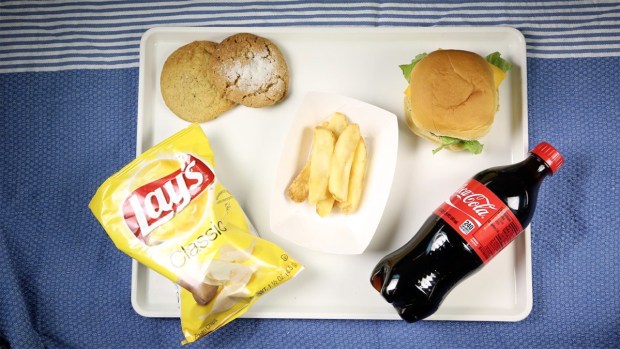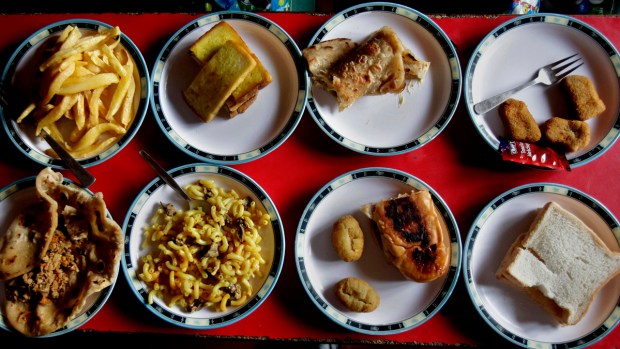Congress is set to vote on Wednesday
on a measure that could cause 3 million children nationwide -- including
about 200,000 in the tri-state area -- to lose access to free school
meals if it passes.
The bill,
which would reauthorize the National School Lunch and Child Nutrition
acts, includes a proposal that would increase the threshold at which
school lunch is offered universally at a school.
Currently,
through a measure called "community eligibility," a school's entire
student body is eligible for free lunches if at least 40 percent of
students qualify. The proposed bill would increase that threshold to 60
percent, putting millions of children across the United States at risk
of losing meal access.
The measure
could potentially put students in some of the country's poorest
communities at risk for missing meals, according to a report issued last
month by the Center on Budget and Policy Priorities.
Locally,
School District of Philadelphia schools, where 100 percent of students
qualify for free lunches according to state statistics, likely would
not be affected. But Archdiocese of Philadelphia schools -- and schools in Delaware and New Jersey -- could potentially suffer cuts.
In
Pennsylvania overall, the Center on Budget and Policy Priorities report
estimates that 240 schools that have adopted the community eligibility
program -- bringing free lunches to more than 132,000 students -- would
be affected. In New Jersey, an estimated 29,300 students at 62 schools
would be at risk and in Delaware, some 38,000 students in 73 schools
could potentially lose their access to school meals.
The
report says the measure that allowed schools to opt-in their entire
student bodies for school meals simplified administration of the program
for schools and decreased the stigma around low-income students getting
meals at school, increasing student participation and helping to
improve their diets, behavior and academic achievements.
Students
are automatically qualified for the school meal program if their
families receive the Supplemental Nutrition Assistance Program
(colloquially known as SNAP or food stamps), the Temporary Assistance
for Needy Families program or similar programs. The center report said
if the measure is passed, although the schools with the poorest students
would likely not see changes to their programs, schools that serve
lower-income communities would still suffer.
"The
schools that would no longer qualify for community eligibility serve
predominantly low-income students in some of our highest-poverty
communities," the report reads. "And, in schools with such high
concentrations of poverty, students who don't qualify for free or
reduced-price meals are typically not much better off than those who do
qualify.


No comments:
Post a Comment